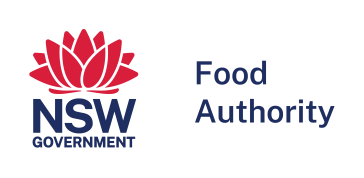
- Print this page
- Download as PDF
- Share this page
Date marking and storage instructions on food labels tell us how long a food will keep before it deteriorates.
Best before & use by dates
Food labels have date marks to inform us about their shelf life. The marks tell how long food can be kept before it begins to deteriorate. All food with a shelf life of less than 2 years must be date-marked.

Use by
A 'use by' date means the food must be eaten or thrown away by the date.
After this date foods may be unsafe to eat even if they look fine because the nutrients in the food may become unstable or a build-up of bacteria may occur.
It is illegal to sell foods after a 'use by' date.
Common 'use by' foods include milk, sliced ham and shaved meats.
Best before
A 'best before' date means the food is still safe to eat after the date as long as it is not damaged, deteriorated or perished.
A 'best before' date simply indicates that the food may lose some of its quality after this date.
Foods can be legally sold after a 'best before' date as long as they are not damaged, deteriorated or perished.
You can expect these foods to retain their colour, taste, texture and flavour as long as they are stored correctly.
Common 'best before' foods include canned foods, cereals, biscuits, sauces, chocolate, sugar, flour and frozen foods
Julian Dates
A Julian Date is a traceability date that appears on a food product as a 4 digit code, in the absence of Best Before or Use By information. The first number indicates the year and the remaining numbers indicate the day in the calendar, eg. a Julian Date of 6273 assigns 6 for year 2016 and 273 for 30 September.
Storage labelling
To make sure food lasts until its date mark, it’s important to follow the storage instructions such as 'keep refrigerated' and 'store in a cool, dark place'.
If a food requires specific storage instructions to remain safe until its use by or best before date, manufacturers have to include this information on a label.
It's also important to follow any preparation or cooking instructions shown on the label, including heating and defrosting times. Again, manufacturers have to provide preparation directions on food labels for any products that require specific preparation to ensure they are safe.
Following these instructions is extremely important because they can help you to kill any harmful bacteria which may be naturally present in some food.
